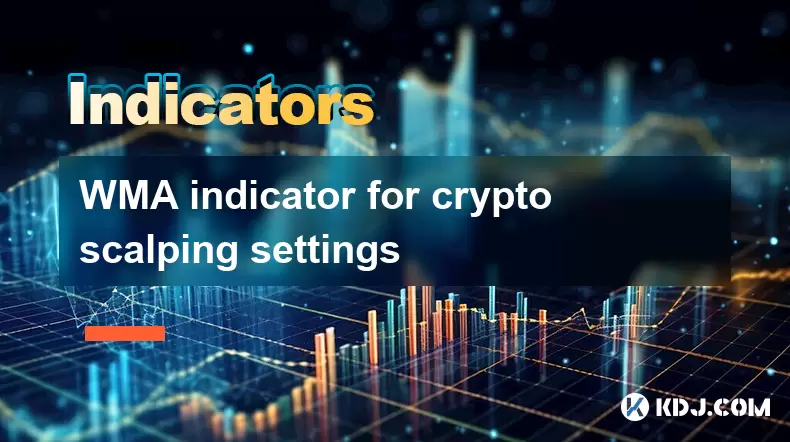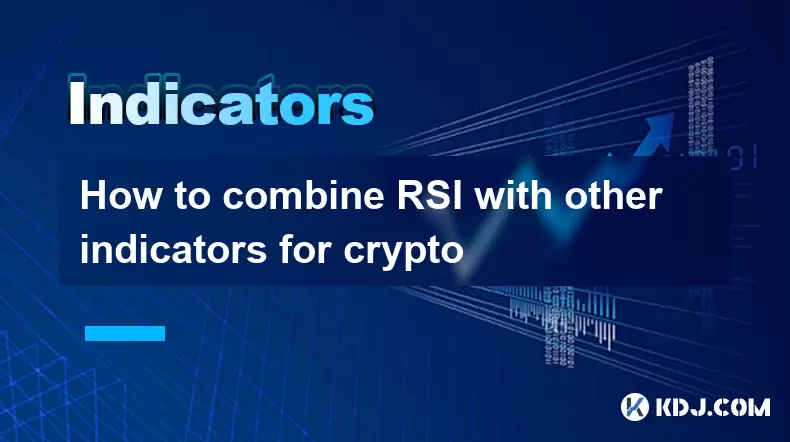-
 Bitcoin
Bitcoin $119,448.2396
0.27% -
 Ethereum
Ethereum $2,992.9919
0.78% -
 XRP
XRP $2.9074
1.58% -
 Tether USDt
Tether USDt $1.0001
0.00% -
 BNB
BNB $687.9097
-0.40% -
 Solana
Solana $161.5804
-0.47% -
 USDC
USDC $0.9998
0.01% -
 Dogecoin
Dogecoin $0.1948
-2.10% -
 TRON
TRON $0.3013
-0.08% -
 Cardano
Cardano $0.7286
-3.16% -
 Hyperliquid
Hyperliquid $47.3153
-3.81% -
 Stellar
Stellar $0.4543
-9.79% -
 Sui
Sui $3.8809
5.63% -
 Chainlink
Chainlink $15.6262
-0.55% -
 Hedera
Hedera $0.2368
-5.31% -
 Bitcoin Cash
Bitcoin Cash $501.2030
-0.80% -
 Avalanche
Avalanche $21.0650
-1.43% -
 UNUS SED LEO
UNUS SED LEO $9.0006
-0.39% -
 Shiba Inu
Shiba Inu $0.0...01310
-1.90% -
 Toncoin
Toncoin $3.0040
1.56% -
 Litecoin
Litecoin $93.8936
-1.20% -
 Monero
Monero $341.8918
1.27% -
 Polkadot
Polkadot $3.9087
-3.05% -
 Uniswap
Uniswap $8.9599
4.78% -
 Dai
Dai $0.9999
0.02% -
 Ethena USDe
Ethena USDe $1.0005
-0.02% -
 Bitget Token
Bitget Token $4.3954
-0.14% -
 Pepe
Pepe $0.0...01207
-2.26% -
 Aave
Aave $314.5223
1.72% -
 Bittensor
Bittensor $408.6988
2.76%
WMA indicator for crypto scalping settings
The Weighted Moving Average (WMA) helps crypto scalpers identify trends and quick entry/exit points by prioritizing recent price data.
Jul 15, 2025 at 11:42 am

Understanding the WMA Indicator in Crypto Scalping
The Weighted Moving Average (WMA) is a popular technical analysis tool used by traders to identify trends and potential reversal points. In the context of crypto scalping, the WMA helps traders make quick decisions based on short-term price movements. Unlike simple moving averages, WMA assigns more weight to recent prices, making it more responsive to new information. This sensitivity is crucial when scalping volatile cryptocurrencies like Bitcoin or Ethereum.
Scalpers aim to profit from small price changes over very short timeframes, often holding positions for just seconds or minutes. The WMA indicator's ability to reflect recent price action quickly makes it ideal for this strategy.
Choosing the Right Timeframe for Scalping with WMA
When using WMA for crypto scalping, selecting the correct timeframe is essential. Most scalpers prefer 1-minute or 5-minute charts, as these allow for rapid decision-making and execution. On these timeframes, the WMA can highlight micro-trends and help identify entry and exit points with greater precision.
It's important to note that while shorter timeframes increase trade frequency, they also expose traders to more market noise and false signals. Therefore, combining WMA with other tools such as volume indicators or candlestick patterns is recommended to filter out misleading data.
- Use 1-minute or 5-minute charts for scalping
- Apply WMA(9) or WMA(20) for faster responsiveness
- Avoid higher timeframes like 1-hour or daily charts
Setting the WMA Period for Scalping
The period setting determines how many data points are included in the calculation of the WMA. For scalping, lower periods are preferred because they provide quicker signals. A WMA(9) or WMA(14) is commonly used among scalpers due to their balance between sensitivity and reliability.
A WMA(9) reacts faster than a WMA(20), which means it may generate more signals but could also lead to more false positives. Traders must test different settings and observe how each behaves under various market conditions before settling on a specific period.
- Start with WMA(9) or WMA(14) for fast responses
- Compare performance across multiple assets and sessions
- Adjust based on volatility and trading style
Combining WMA with Other Indicators for Better Accuracy
Using WMA alone might not be sufficient for consistent profitability in crypto scalping. Combining it with complementary indicators can enhance its effectiveness. Common pairings include:
- Relative Strength Index (RSI): Helps identify overbought or oversold levels, improving timing for entries.
- Volume Profile: Shows where most trading activity occurs, supporting WMA-based decisions.
- Bollinger Bands: Assist in identifying volatility squeezes and breakout opportunities.
For example, a scalper might look for a WMA crossover combined with an RSI reading below 30 (oversold) to enter a long position with higher confidence.
- Pair WMA with RSI to confirm trend strength
- Use Volume Profile to validate support/resistance zones
- Incorporate Bollinger Bands for volatility assessment
Backtesting and Optimizing WMA Settings
Before applying any WMA setup in live trading, thorough backtesting is crucial. This involves analyzing historical data to evaluate how well the chosen WMA configuration would have performed in past market conditions.
Traders should:
- Select a variety of crypto pairs (BTC/USDT, ETH/USDT, etc.)
- Test across different market phases (bull, bear, sideways)
- Record metrics like win rate, average gain, and drawdowns
Optimization should focus on finding the best combination of WMA period and supplementary indicators that yield consistent results without overfitting to past data.
Frequently Asked Questions
Q: Can I use WMA for intraday trading in crypto?
Yes, WMA is suitable for intraday trading. Its responsiveness to recent price changes makes it effective for capturing short-term moves within a single trading session.
Q: How does WMA differ from EMA in scalping strategies?
While both WMA and Exponential Moving Average (EMA) prioritize recent prices, WMA applies linear weights, whereas EMA uses exponentially decreasing weights. WMA may react slightly differently to sudden price spikes compared to EMA.
Q: Should I use a single WMA line or multiple lines for scalping?
Using multiple WMA lines (e.g., WMA(9) and WMA(20)) can help identify crossovers and momentum shifts. However, relying on a single optimized WMA line can reduce clutter and confusion during fast-paced scalping.
Q: Is WMA suitable for all cryptocurrency pairs?
WMA works best with highly liquid pairs such as BTC/USDT or ETH/USDT. Less liquid pairs may produce erratic signals due to low trading volumes and wider spreads.
Disclaimer:info@kdj.com
The information provided is not trading advice. kdj.com does not assume any responsibility for any investments made based on the information provided in this article. Cryptocurrencies are highly volatile and it is highly recommended that you invest with caution after thorough research!
If you believe that the content used on this website infringes your copyright, please contact us immediately (info@kdj.com) and we will delete it promptly.
- Bitcoin's Wild Ride: Rally, Record Highs, and the Inevitable Profit Taking
- 2025-07-15 15:10:11
- XRP, Bitcoin Dominance, and Altcoins: Decoding the Future of Crypto
- 2025-07-15 15:30:11
- Bitcoin Rally Cools: Profit-Taking or Just Catching Its Breath?
- 2025-07-15 15:10:11
- Bitcoin, Crypto, Conversations: Dormant Wallets, Token Unlocks, and Trump Memecoins - Oh My!
- 2025-07-15 15:30:12
- Bitcoin, Congress, and Crypto Legislation: A New York Minute on the Latest DC Drama
- 2025-07-15 15:35:12
- Crypto Bills, House Debate, Political Tensions: A New York Minute on Capitol Hill
- 2025-07-15 15:35:12
Related knowledge

Advanced RSI strategies for crypto
Jul 13,2025 at 11:01am
Understanding the Basics of RSI in Cryptocurrency TradingThe Relative Strength Index (RSI) is a momentum oscillator used to measure the speed and chan...

Crypto RSI for day trading
Jul 12,2025 at 11:14am
Understanding RSI in the Context of Cryptocurrency TradingThe Relative Strength Index (RSI) is a momentum oscillator used to measure the speed and cha...

Crypto RSI for scalping
Jul 12,2025 at 11:00pm
Understanding RSI in the Context of Crypto TradingThe Relative Strength Index (RSI) is a momentum oscillator widely used by traders to measure the spe...

What does an RSI of 70 mean in crypto
Jul 13,2025 at 06:07pm
Understanding the RSI Indicator in Cryptocurrency TradingThe Relative Strength Index (RSI) is a widely used technical analysis tool that helps traders...

How to avoid RSI false signals in crypto
Jul 13,2025 at 06:21pm
Understanding RSI and Its Role in Crypto TradingThe Relative Strength Index (RSI) is a momentum oscillator used to measure the speed and change of pri...

How to combine RSI with other indicators for crypto
Jul 12,2025 at 08:35am
Understanding the Role of RSI in Crypto TradingThe Relative Strength Index (RSI) is a momentum oscillator that measures the speed and change of price ...

Advanced RSI strategies for crypto
Jul 13,2025 at 11:01am
Understanding the Basics of RSI in Cryptocurrency TradingThe Relative Strength Index (RSI) is a momentum oscillator used to measure the speed and chan...

Crypto RSI for day trading
Jul 12,2025 at 11:14am
Understanding RSI in the Context of Cryptocurrency TradingThe Relative Strength Index (RSI) is a momentum oscillator used to measure the speed and cha...

Crypto RSI for scalping
Jul 12,2025 at 11:00pm
Understanding RSI in the Context of Crypto TradingThe Relative Strength Index (RSI) is a momentum oscillator widely used by traders to measure the spe...

What does an RSI of 70 mean in crypto
Jul 13,2025 at 06:07pm
Understanding the RSI Indicator in Cryptocurrency TradingThe Relative Strength Index (RSI) is a widely used technical analysis tool that helps traders...

How to avoid RSI false signals in crypto
Jul 13,2025 at 06:21pm
Understanding RSI and Its Role in Crypto TradingThe Relative Strength Index (RSI) is a momentum oscillator used to measure the speed and change of pri...

How to combine RSI with other indicators for crypto
Jul 12,2025 at 08:35am
Understanding the Role of RSI in Crypto TradingThe Relative Strength Index (RSI) is a momentum oscillator that measures the speed and change of price ...
See all articles

























































































